Setting aside AMD's second-gen Ryzen CPUs, we're finally ready to test one of the new Coffee Lake-based parts that Intel announced last month. Among the chips revealed at the time were three standard power Pentium Gold desktop processors: the G5400, G5500 and G5600.
For those that missed it, late last year Intel announced new 'Silver' and 'Gold'-branded Celeron and Pentium processors. On the desktop, these were Kaby Lake parts with a refreshed named. Standard desktop Pentium CPUs are now known as Pentium Gold and since this started with the Kaby Lake generation you got Hyper-Threading support over previous Pentium models.
Pentium Silver is for chips found in mobile and low-powered devices using the BGA mounting method. Why Intel found it necessary to further segment its already heavily segmented product lines is anyone's guess, but it just makes a situation that is already very confusing even more confusing for shoppers.
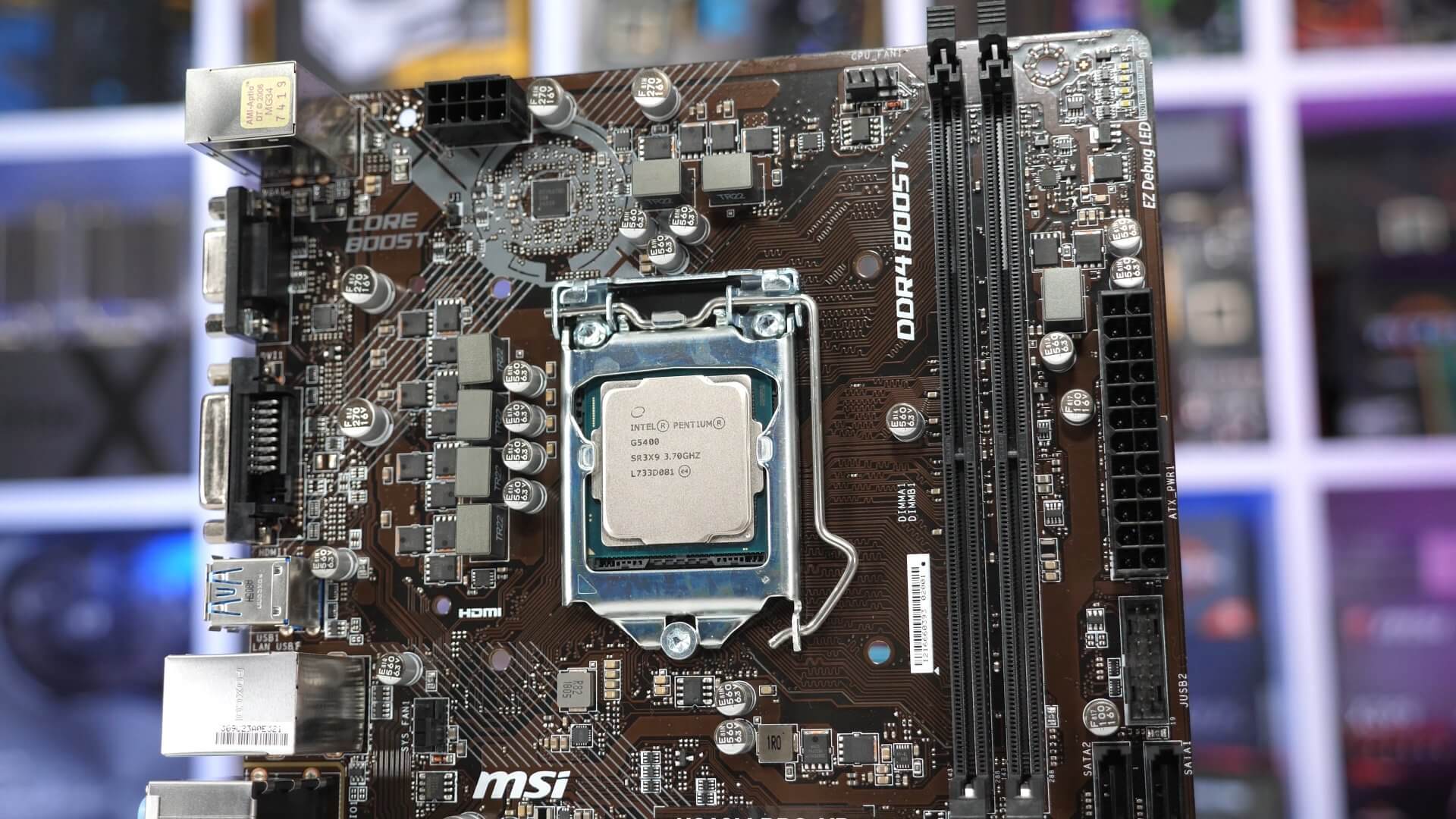
Anyway, there are now several Coffee Lake-based Pentium Gold chips, including the G5400, G5500 and G5600. Of note, these models will only work with H310, B360, H370 and Z370 motherboards. The G5400 comes in at an MSRP of just $64 – 15% cheaper than the $82 G5500 – yet it can't be more than 2.5% slower. It's also 25% cheaper than the G5600 ($95) and can't be more than 5% slower, so the G5400 is clearly the best value part.
That being the case, I've decided to pit it against AMD's best value CPU, the Ryzen 3 2200G. At $100, the 2200G is considerably more expensive than the G5400, so at over 50% more expensive you have to wonder if it's actually worth buying.
On paper, the Ryzen 3 processor has a few obvious advantages. First, it's a true quad-core CPU whereas the G5400 is a dual-core with HyperThreading for four threads. It has more cache and operates at a similar frequency out of the box, and I say out of the box because the 2200G is an unlocked CPU and therefore it can be overclocked for even greater performance.
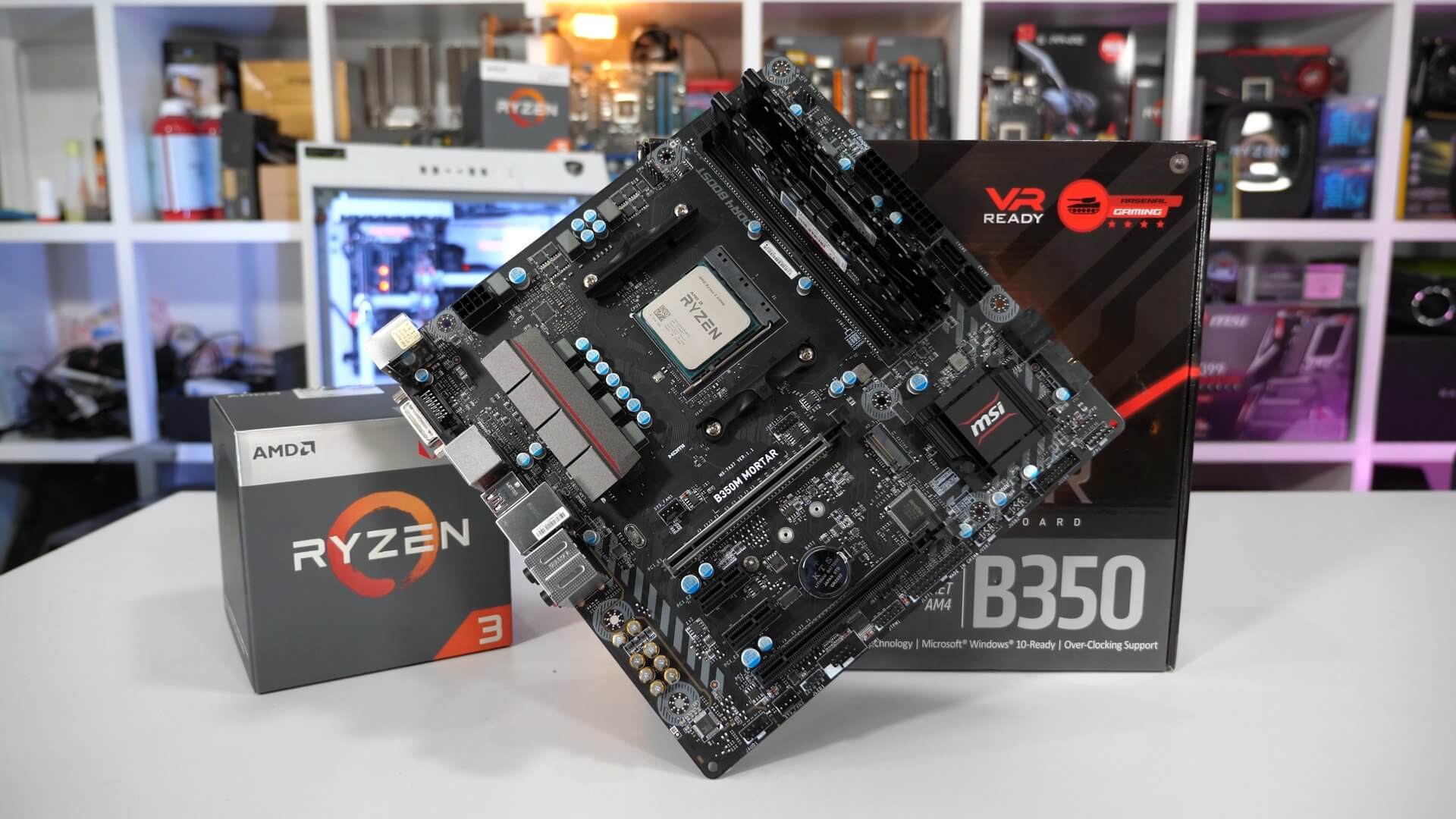
It also supports higher memory frequencies and perhaps the greatest advantage of all is the integrated GPU. Whereas the G5400 packs the pathetic HD Graphics 610 the 2200G is armed with the far more impressive Vega 8 GPU. However, that's not going to be the focus of today's comparison, although I will briefly show graphics performance before wrapping things up.
I want to focus on CPU performance for this comparison, so most of the gaming benchmarks will be conducted with a discrete graphics card. But rather than use a GTX 1050 or something slower, I'm testing with a GTX 1070 to remove the GPU bottleneck while also remaining somewhat realistic.

Remember, last generations flagship GPUs are only the equivalent to the current generation mid-range graphics cards, so unless you upgrade your CPU every time you buy a new graphics card, knowing how these CPUs perform when not GPU limited is important. Plus, GPU limited testing is pointless.
In addition to the GTX 1070, the Pentium G5400 was tested using the MSI H310M Pro-VD and as the name suggests this is an Intel H310 board – one of the cheapest you can get in fact so we have been forced to use the standard DDR4-2400 memory spec.
The Ryzen 3 2200G system was tested on the MSI B350 Mortar using DDR4-3200 memory with the standard XMP loaded and then for a second test configuration I upgraded from the Wraith Stealth box cooler to the DeepCool Gammaxx 200T and overclocked all cores to 3.9GHz. On to the results...
Benchmarks

First up we have the sustained memory bandwidth results and here the Ryzen 3 2200G enjoys 26% more bandwidth. Both CPUs feature a dual-channel memory controller, the main difference being that the 2200G is able to take advantage of DDR4-3200 memory while the G5400 is limited to DDR4-2400 on anything but a Z370 motherboard.
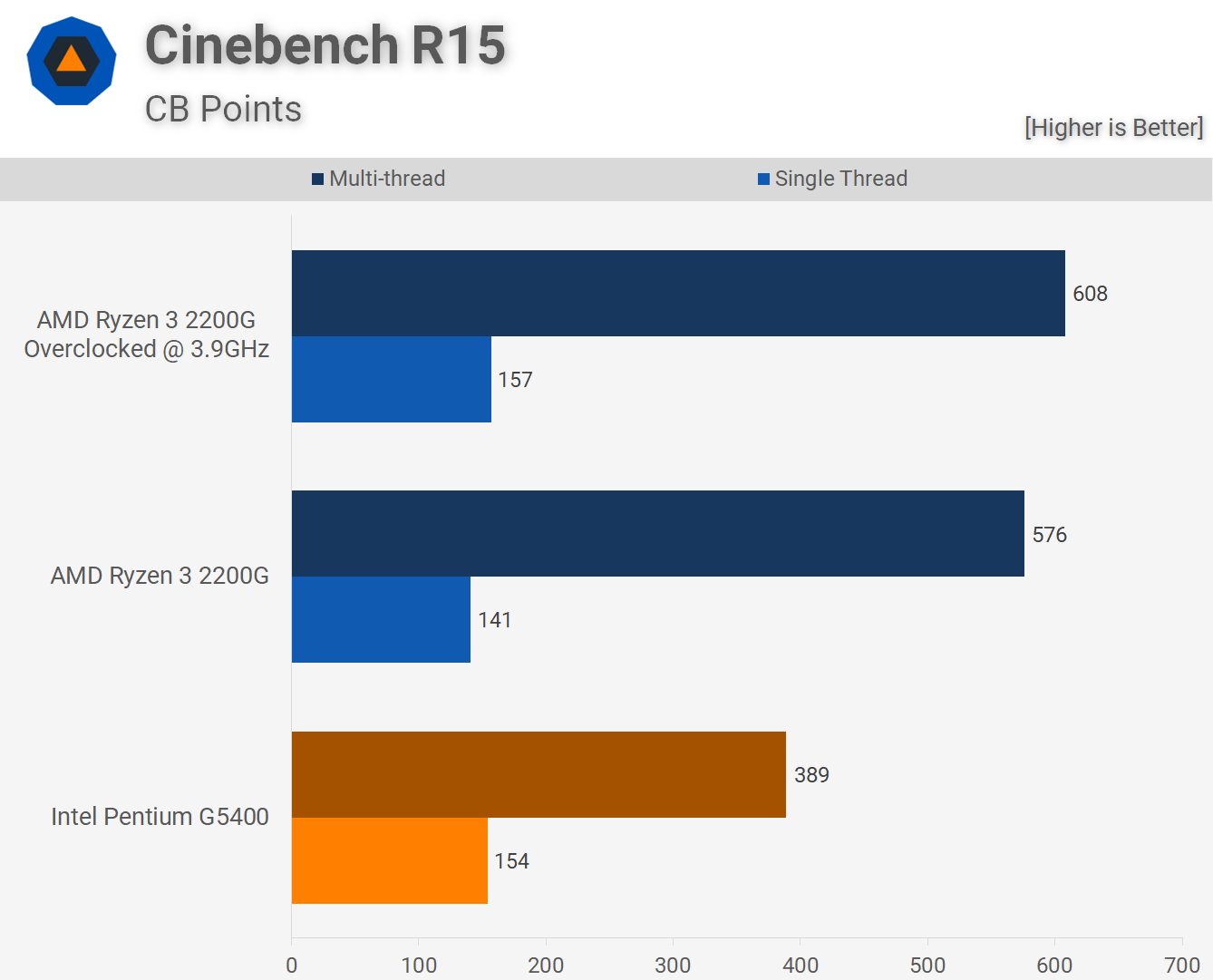
Here we see when running Cinebench R15 that the G5400 is 9% faster than the stock 2200G for single thread workloads. However, because the 2200G is a true quad-core when it comes to multi-threaded performance, it's almost 50% faster. Once we overclock, the 2200G isn't even 2% faster for the single thread test yet a whopping 56% faster for the multi-threaded test, so a true showing of dominance from the Ryzen 3 processor in this benchmark.
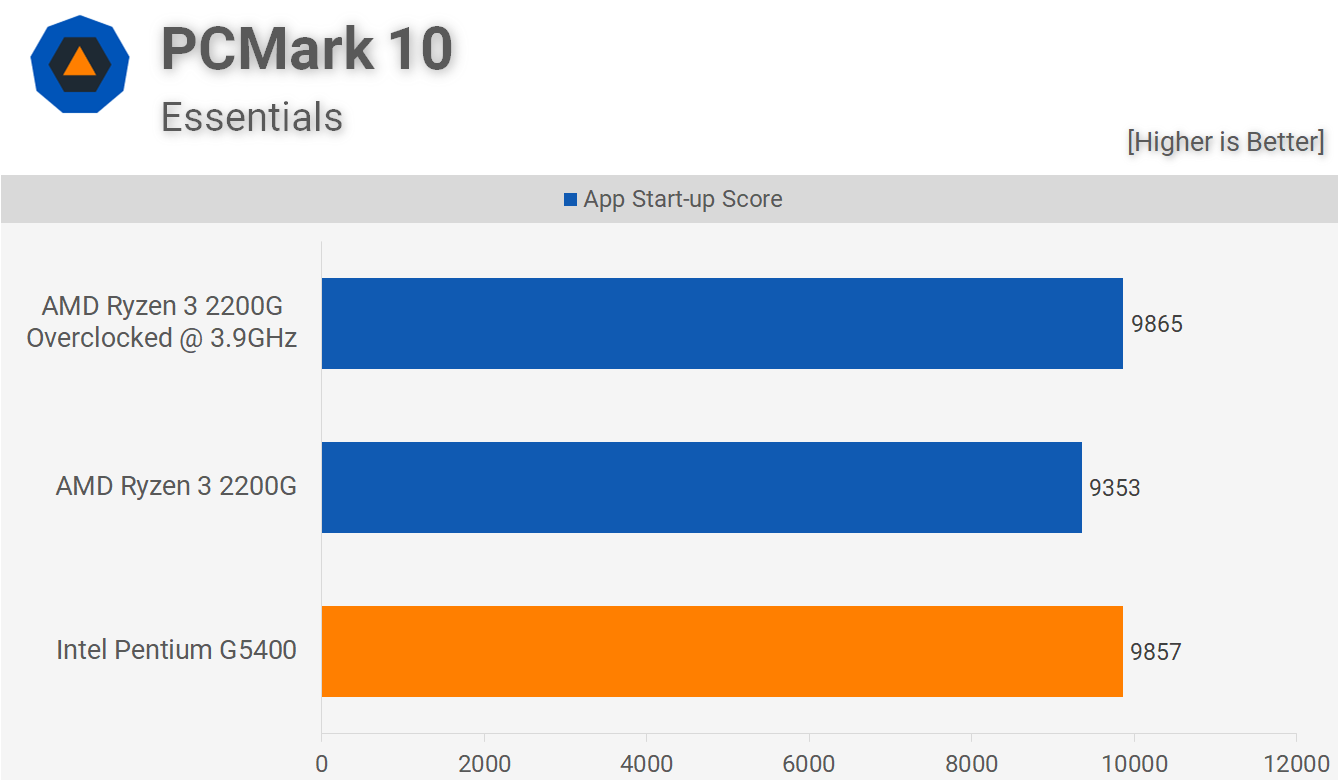
Next up, we're going to look at a few of the PCMark 10 tests. In fact, we'll be looking at four of them and the first one is application startup performance. Here we can see that the G5400 and its single thread performance does well in this test, though it's not until we overclock the 2200G that it pulls ahead. That said, at stock the 2200G was just 5% slower so not exactly a huge margin.
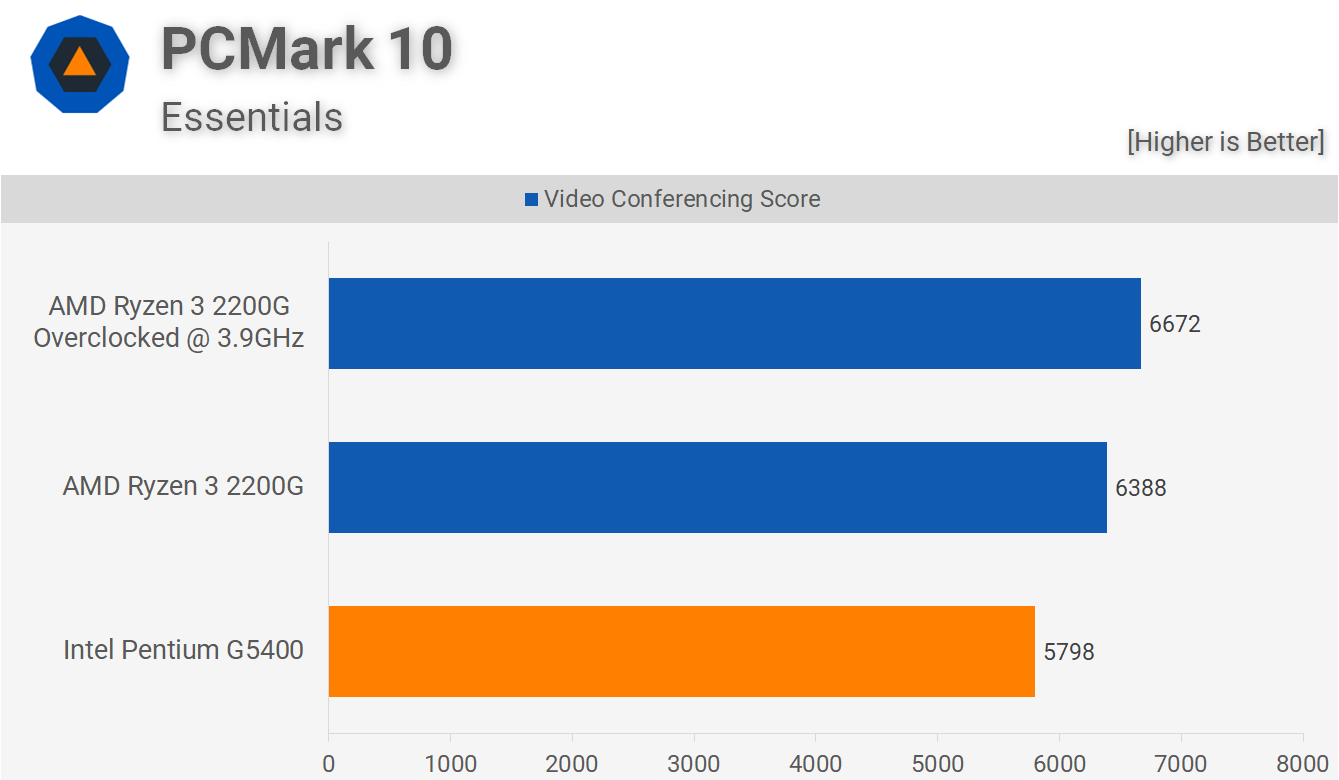
The video conferencing test is a lot more demanding on the CPU and here we see the stock 2200G outpacing the G5400 by a reasonably large 10% margin. Then once overclocked the 2200G is 15% faster and that's a fairly commanding lead for the Ryzen 3 processor.
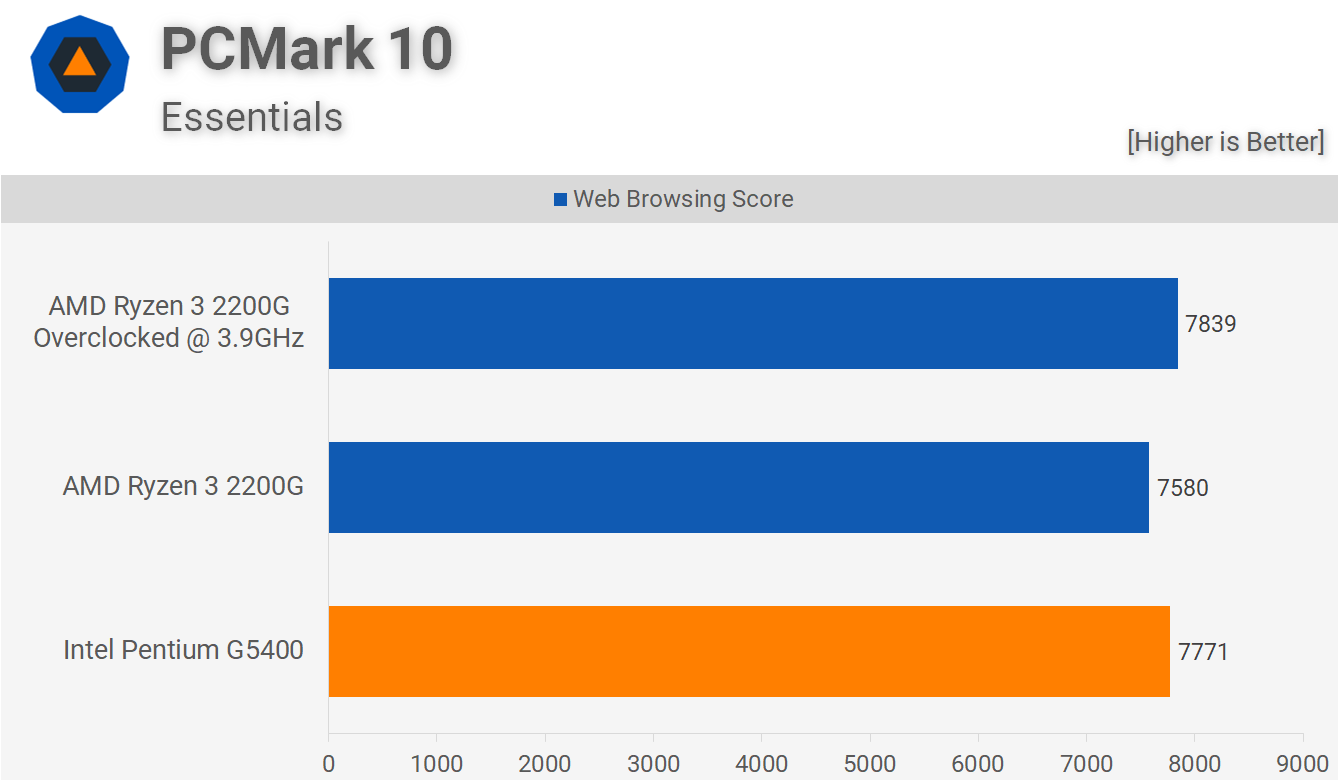
The web browsing test isn't particularly core heavy so this time the G5400 is able to hang in there with the 2200G, allowing both CPUs to deliver a similar score.

Photo editing is a bit more taxing on the CPU and this allows the stock 2200G to beat the Pentium processor by an 8% margin and then a 15% margin once overclocked. So overall AMD does very well in PCMark 10 for this comparison.
